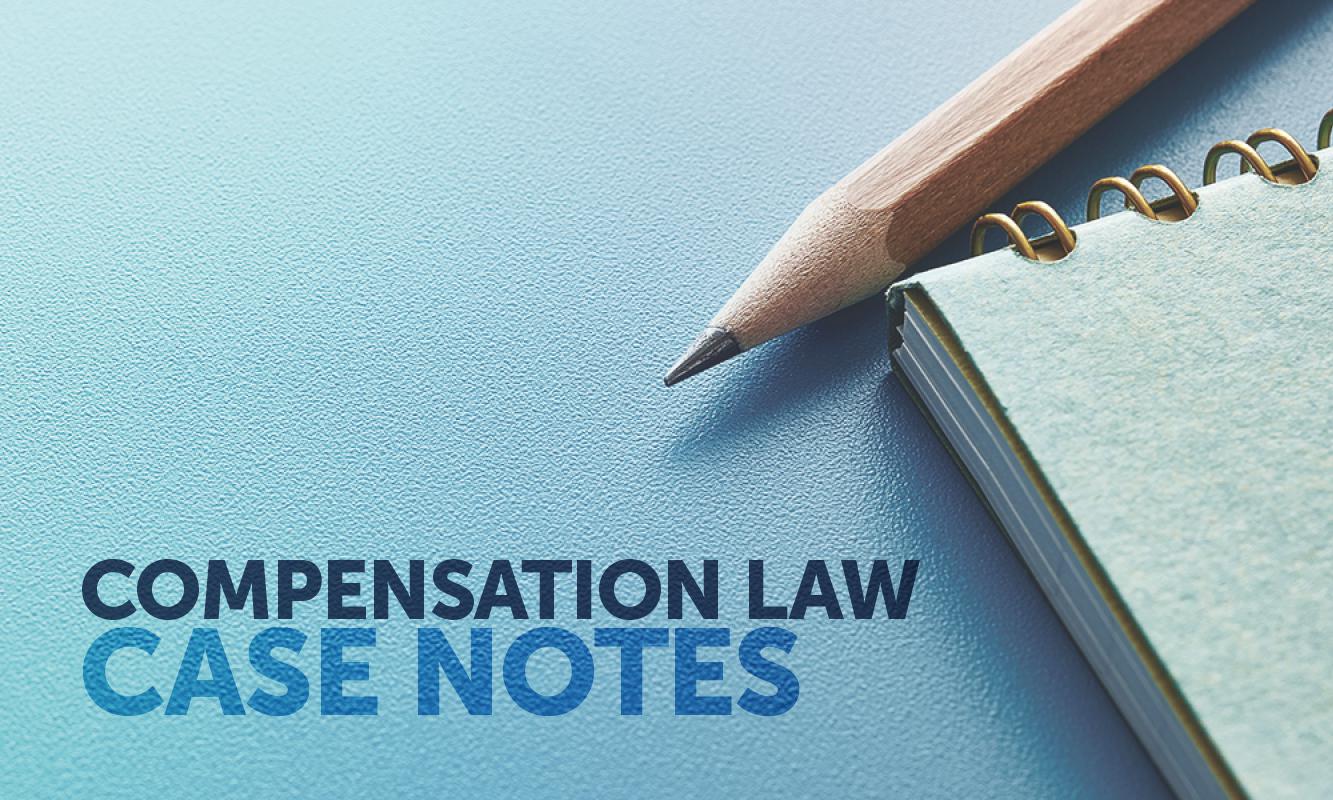In the recent Civil and Administrative Tribunal case of Council of the Law Society of New South Wales v DRE [2021] NSWCATOD 4, the council brought proceedings against a practitioner claiming that the respondent was not a fit and proper person to practise law.
The respondent, whose name was subject to a non-publication order, was charged with two complaints from the Council of the Law Society of New South Wales:
- The respondent procured the false witnessing, by the complainant, of the signature asserting to be that of her ex-husband on a passport application for their daughter, when the respondent knew that her ex-husband did not sign the document. She then lodged that passport form, knowing that the signature was not her ex-husband’s and that it had not been witnessed.1 (Complaint 1)
- The respondent attempted to mislead the principals of the firm, in which she was newly employed, by denying the complainant’s account of the matter in issue.2 (Complaint 2)
Issues
The issues considered in this case were whether the respondent’s conduct constituted professional misconduct under s297 of the Legal Profession Uniform Law 2014 (NSW) (Uniform Law)3 and at common law; and whether the respondent was a fit and proper person to practise law.
Issues considered
In consideration of the issues, the tribunal considered that the actions within Complaint 1 occurred when the respondent was not engaged within the course of legal practice. Nevertheless, the tribunal found that it was “dishonest conduct, which had the potential to undermine the integrity of the Australian Government’s system for the secure issue of passports”.4
As such, the tribunal made a finding that the circumstances as to Complaint 1 constituted professional misconduct under the s297(1) (b) of the Uniform Law.5
In relation to Complaint 2, the tribunal found that the respondent’s conduct involved dishonesty, which was conducted in a calculated manner over time. The conduct demonstrated a sustained lapse in integrity on the part of the respondent.6
Furthermore, the tribunal referred to the sustained denial by the respondent of the complainant’s accusation regarding the application form and recognised that it had a devastating effect on the complainant, “who was, for a period of time, perceived to be a liar, targeting DRE [the respondent] with false allegations”.7
While the respondent did not consider the impact of her conduct towards the complainant, she now understood that it had negative consequences.8 The tribunal found and the respondent conceded that Complaint 2 constituted professional misconduct under s297(1) (b) of the Uniform Law and at common law.9
The tribunal, following Law Society of New South Wales v Walsh [1997] NSWCA 185, further considered whether there were any “subjective considerations” or “mitigating conduct” which could have resulted in a different penalty other than the council’s recommendation to remove the respondent’s name from the Supreme Court Roll.10
The tribunal accepted that the respondent was subject to extraordinary stress in her personal and professional life, particularly leading to and during the time of the conduct. While, the respondent expressed remorse for her behaviour, the tribunal found that her dishonest conduct was not an inevitable result of the stress and her failure to consider the serious impact of her conduct upon others, particularly the complainant.11
The tribunal had regard to the steps taken by the respondent to address the issues raised in relation to her character and behaviour in this matter, the tribunal found that the respondent seemed to be capable of remediation, which she addressed to a significant degree in the years following 2017.12
Therefore, the tribunal was not satisfied that the respondent was unfit to practice,13 nor was it appropriate to recommend her removal from the roll of practitioners.14
Ultimately, the tribunal recommended that the respondent be publicly reprimanded instead and be supervised by another solicitor to manage the respondent’s stress once she acquired a practising certificate to provide appropriate assurances to the public.15
Janelle Linato is a law student in the QLS Ethics and Practice Centre. The preparation of this article was supervised by Grace van Baarle, Manager and Ethics Solicitor, QLS Ethics and Practice Centre.
Footnotes
1 Council of the Law Society of New South Wales v DRE [2021] NSWCATOD 4, 8. (Council of the Law Society New South Wales)
2 Ibid 16.
3 Legal Profession Uniform Law 2014 (NSW) s297 (1) (b). (Uniform Law).
4 Council of the Law Society New South Wales (n1) [92].
5 Ibid.
6 Ibid 94.
7 Ibid 95.
8 Ibid.
9 Ibid 77.
10 Council of the Law Society of New South Wales (n1) [96].
11 Ibid 105.
12 Ibid 106.
13 Ibid.
14 Ibid 107.
15 Ibid 110.














Share this article